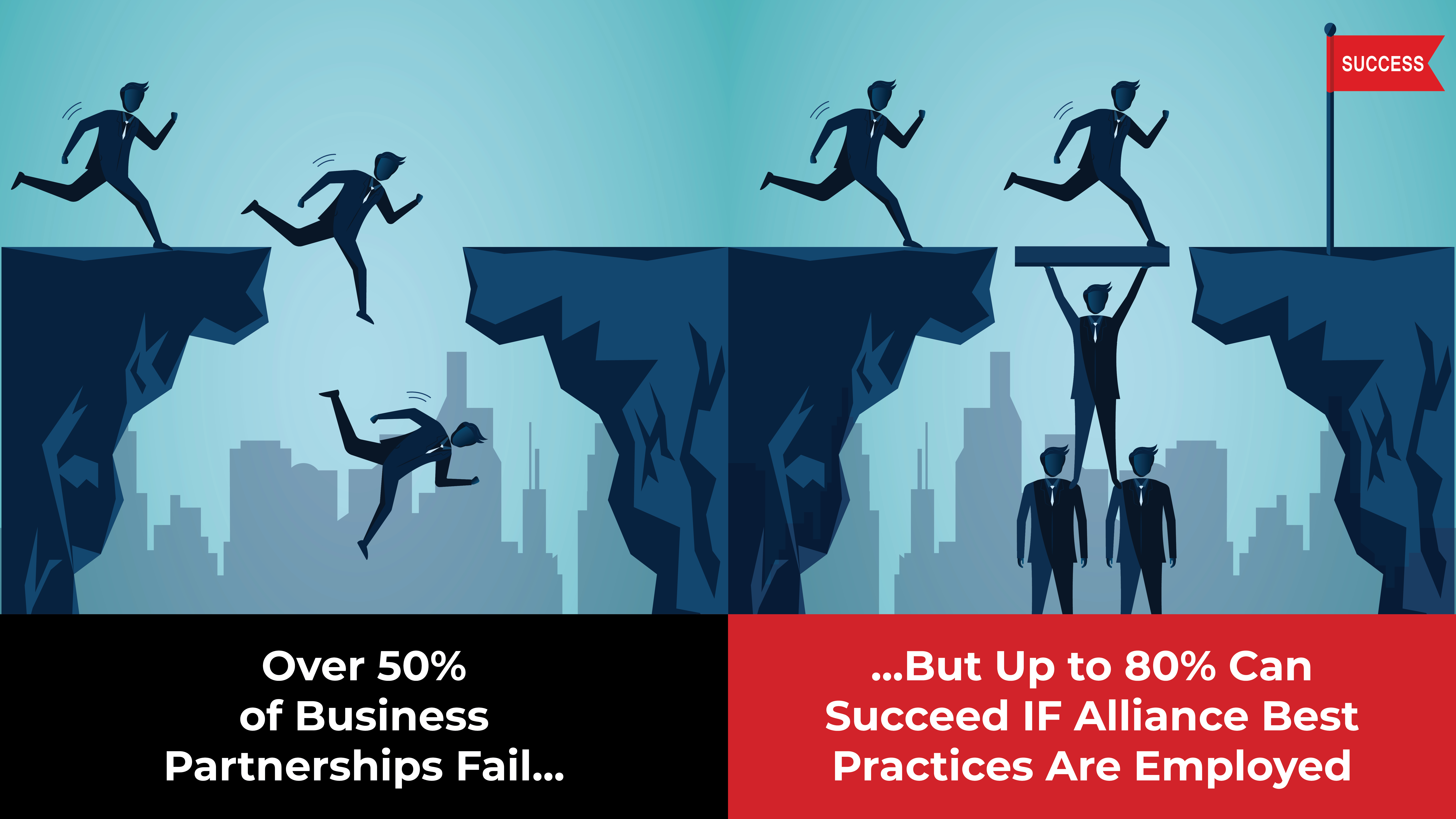Understanding Alliance Management
A Critical Business Skill
Alliance management, though decades old, remains an underappreciated discipline in many business circles. As companies increasingly turn to partnerships for growth, the ability to manage collaborations effectively has become a vital business skill.
What Is a Strategic Alliance?
A strategic alliance is a close and collaborative relationship between two or more entities that share assets, strengths, risks, rewards, and control. Typically, strategic alliances have a broad and long-term impact on corporate performance and valuation. Often, strategic alliances are formed to create competitive advantage and greater value for the partners than they would be able to achieve independently.
The Evolving Landscape of Alliance Management
- More professionals are now leading external business relationships, even without formal "alliance" or "partnering" titles.
- With proper training and experience, these de facto alliance managers can excel in their roles.
- Seasoned alliance management professionals continue to refine their skills in this dynamic field.
Diversity of Alliances
"If you've seen one alliance... you've seen one alliance." This adage highlights the unique nature of each partnership:
- Alliances vary by industry, size, complexity, and type.
- They range from simple one-to-one collaborations to complex multi-partner ecosystems.
- Large entities often orchestrate vast ecosystems, while smaller partners occupy specialized niches.
The Critical Need for Effective Management
- All alliances, regardless of their nature, require strategic management to achieve their goals.
- Research shows that over 50% of alliances fail without proper management.
- This is where ASAP's expertise becomes crucial.
ASAP's Role in Alliance Success

At the heart of ASAP's work is the Alliance Life Cycle framework (summarized illustration shown above). Looking at alliances holistically, ASAP has examined the various roles needed throughout the life cycle and provides alliance professionals with:
- Proven principles and practices
- Essential tools for better management
- Strategies to navigate complex collaborations
- Resources to increase success rates in alliances, ecosystems, and other partnerships
Join ASAP to master the art of alliance management and drive your collaborative ventures to success.

